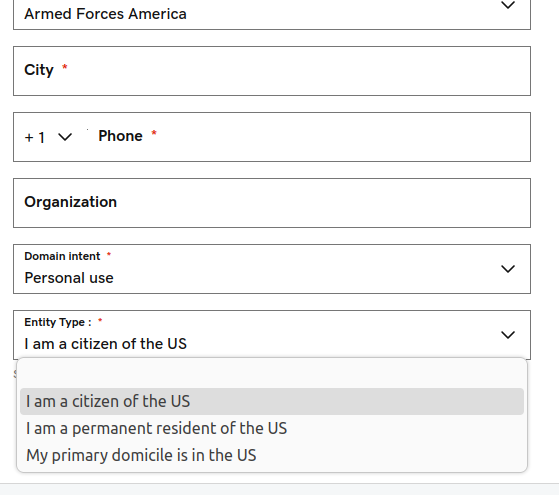The password manager service LastPass is now forcing some of its users to pick longer master passwords. LastPass says the changes are needed to ensure all customers are protected by their latest security improvements. But critics say the move is little more than a public relations stunt that will do nothing to help countless early adopters whose password vaults were exposed in a 2022 breach at LastPass.

LastPass sent this notification to users earlier this week.
LastPass told customers this week they would be forced to update their master password if it was less than 12 characters. LastPass officially instituted this change back in 2018, but some undisclosed number of the company’s earlier customers were never required to increase the length of their master passwords.
This is significant because in November 2022, LastPass disclosed a breach in which hackers stole password vaults containing both encrypted and plaintext data for more than 25 million users.
Since then, a steady trickle of six-figure cryptocurrency heists targeting security-conscious people throughout the tech industry has led some security experts to conclude that crooks likely have succeeded at cracking open some of the stolen LastPass vaults.
KrebsOnSecurity last month interviewed a victim who recently saw more than three million dollars worth of cryptocurrency siphoned from his account. That user signed up with LastPass nearly a decade ago, stored their cryptocurrency seed phrase there, and yet never changed his master password — which was just eight characters. Nor was he ever forced to improve his master password.
That story cited research from Adblock Plus creator Wladimir Palant, who said LastPass failed to upgrade many older, original customers to more secure encryption protections that were offered to newer customers over the years.
For example, another important default setting in LastPass is the number of “iterations,” or how many times your master password is run through the company’s encryption routines. The more iterations, the longer it takes an offline attacker to crack your master password.
Palant said that for many older LastPass users, the initial default setting for iterations was anywhere from “1” to “500.” By 2013, new LastPass customers were given 5,000 iterations by default. In February 2018, LastPass changed the default to 100,100 iterations. And very recently, it upped that again to 600,000. Still, Palant and others impacted by the 2022 breach at LastPass say their account security settings were never forcibly upgraded.
Palant called this latest action by LastPass a PR stunt.
“They sent this message to everyone, whether they have a weak master password or not – this way they can again blame the users for not respecting their policies,” Palant said. “But I just logged in with my weak password, and I am not forced to change it. Sending emails is cheap, but they once again didn’t implement any technical measures to enforce this policy change.”
Either way, Palant said, the changes won’t help people affected by the 2022 breach.
“These people need to change all their passwords, something that LastPass still won’t recommend,” Palant said. “But it will somewhat help with the breaches to come.”
LastPass CEO Karim Toubba said changing master password length (or even the master password itself) is not designed to address already stolen vaults that are offline.
“This is meant to better protect customers’ online vaults and encourage them to bring their accounts up to the 2018 LastPass standard default setting of a 12-character minimum (but could opt out from),” Toubba said in an emailed statement. “We know that some customers may have chosen convenience over security and utilized less complex master passwords despite encouragement to use our (or others) password generator to do otherwise.” Continue reading




















